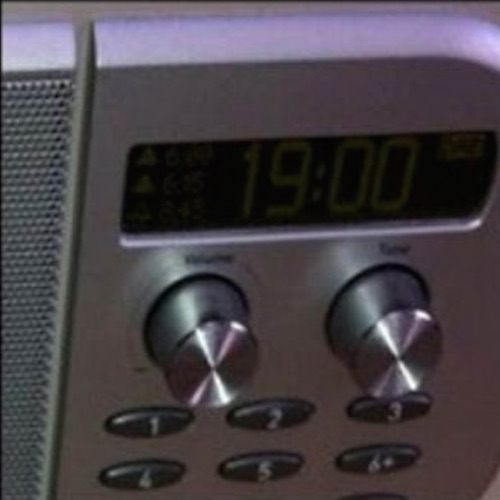In response to FCA’s website 1st birthday, Donna Richardson, Aidan Moesby, Kristina Veasey and Simon Wood were each awarded £1000 to produce fully accessible artwork that engages with digital technologies.
We wanted original work on any theme which we could display on our DigiCommission website.
All artworks commissioned were to show:
– That digital creative accessibility solutions can produce more interesting work for everyone, whether they have specific access needs or not.
– That technology provides excellent tools for solving access to art in its focus on connectivity and joining people up.
– That making something more accessible doesn’t have to be expensive.
We feel that the artists selected fulfil the brief and we’re excited to launch the website.
We hope to commission accessible digital artwork each year and build on the website to create an archive.
Here we interview Aidan about his work.
Tales Across Time Zones
1. To what extent if at all do you feel your work represents/reflects (your feelings about) disability?
The relationship between my work and disability can be considered in the context of disability being a part of me and doesn’t define me. It is not easily or clearly polarized – some work is absolutely all about disability, issue lead and at other times there is no reference to it at all, other than I made it. This is the kind of question I could write an essay on because there are so many strands to consider – me, disability, the disability arts movement, the mainstream, marginalization, the positioning of disability in the arts and the wider cultural context.
2. Had you previously thought about creating fully accessible digital artwork prior to this commission?
Yes, is the short answer. I have been considering the digital as a platform/media for a while now and have ideas I would like to explore. However it is a case of where would I start? Where would I learn coding, how do I mine twitter for keywords, how do I program, where could I play and experiment with my ideas for sensor based art, what could I do with arduino? It’s all about access to opportunity and as a disabled artist these are not easy to come by.
3. To what extent do you feel that digital technology is a useful tool in improving access to art?
I think it has massive potential. The fact that major galleries are putting their works and exhibitions online now so you can visit their collections virtually is fantastic – I can see things I wouldn’t otherwise have the access to. Also art is changing, media and platforms are evolving. When I was at Dundee Contemporary Arts on a residency they were developing eye-tracking tools in the print studio – a great example of technology and the digital enabling someone to maintain their practice. Again, it is not always cut and dry – we all know there is a massive digital divide which exists and excludes.
4. What or who influences your work or whose work do you get inspiration from?
I find a lot of inspiration from observing the world around me and just being open to looking at things through different eyes. I particularly like text and both official signage and the notes people write to communicate to the general public are a rich vein to mine. Initially I was taken by Lawrence Weiner, Fiona Banner, Barbara Kruger, Sophie Calle and the Fluxus movement. I am increasingly inspired by other media such as the dance works of Hofesh Shechter and NDT and immersive theatre/performance.
5. What was your intention in creating this piece?
I am fascinated by the mundane, it is the glue that keeps us together in our daily lives and I love stories. Also I am aware that the world is faster, smaller, it doesn’t sleep compared to not very long ago really. Our lives seem more fragmented, relationships and friendships seem to be conducted differently these days. Communication is essential – all of my work is an attempt to communicate something and very often starts with a conversation. The modern world can be, or seem to be, an isolating place. I thought it would be interesting if we could connect in a moment, a time, through sharing a story. A piece of humanity revealed through the sharing of an everyday occurrence. Story telling was a ritual that traditionally brought people together and I fear that element is being lost in the modern everyday. I wanted a coming together and sharing in a democratic accessible process. Also tying it in with World Mental health Day emphasized the positive aspects of belonging, community, and sharing on wellbeing.
6. What do you hope to gain from your online event on 10th October?
I have used twitter successfully in the past for participation in some of my artworks and I find it as a very responsive community in general. I don’t know if I was asking too much of people, or wording it wrong or if people are too busy or if it was not appealing enough. As an artist I think it is healthy to ask all these questions to improve/reflect upon your own practice. Maybe people wanted more. Maybe it was too ambitious. Inevitably there is always more to a project than you envisage. To make something wholly accessible is a complex, multi-layered process and it will certainly inform my practice in the future.
